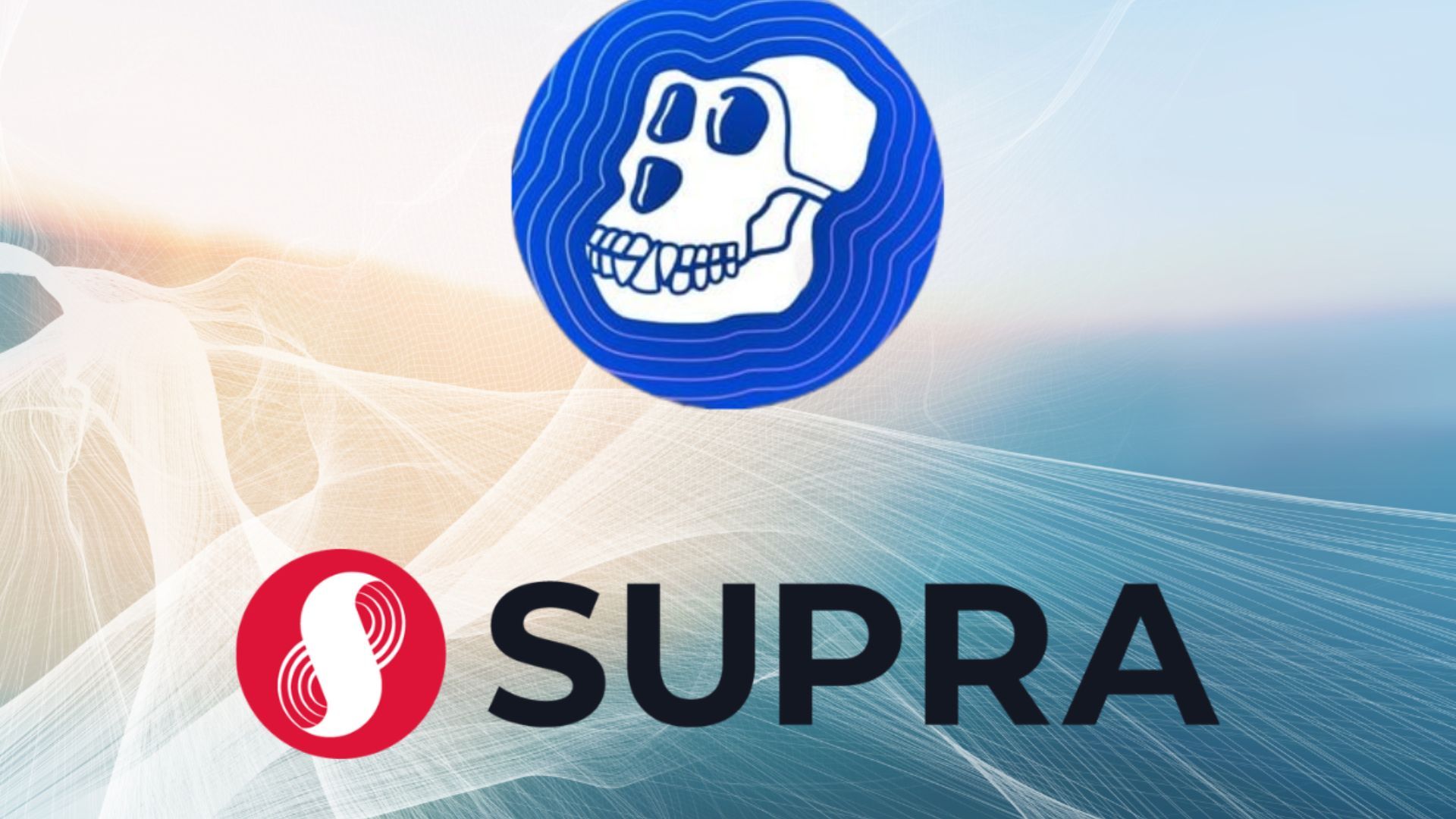The oracle data feed protocol Supra is enhancing the capabilities of ApeChain, the foundational layer of ApeCoin, which is growing in popularity with blockchain game developers and NFT creators.
Supra said it’s integrating both its price feeds and its decentralized and verifiable randomness (dVRF) solutions with ApeChain, becoming the first oracle provider to deploy on the network, which is a Layer-3 built on Arbitrum. It’s a key update for ApeChain, which has made no secret of its ambition to evolve from its meme coin origins to become a key player in the Web3 industry.
Supra: Enhancing Blockchain Interoperability
The Distributed Oracle Agreement (DORA) built by Supra provides access to more than 475 price feeds and plays a vital role in communicating real-world data to more than 80 different blockchain networks. It’s one of the fastest-growing data oracles in the industry, and its integration with ApeChain will enable enhanced functionality for any decentralized application that’s building on the network, Supra said.
Supra competes with other data oracles such as ChainLink and Flare Network, helping to solve one of the major challenges of blockchain interoperability – namely the inability of decentralized networks to talk to other blockchains and computer systems. It performs the job of validating and sending real-world data to blockchains, so the dApps that live on them can leverage this information in their smart contracts. As an example, Supra’s price feeds can inform a decentralized exchange (DEX) platform of the latest price movements of crypto assets built on other blockchains, so it can provide the most up-to-date data to its users.
Supra differs from other oracles as it’s powered by the Supra Moonshot Consensus mechanism, which boasts 500 millisecond optimistic finality and ~1.5–2 secs full block finality, ensuring its price feeds are updated in close to real-time. That’s much superior to the likes of ChainLink, which will only update some assets every one or two hours. In addition, whereas ChainLink operates on a “push” model, where the protocol itself pushes out updates to its feeds at regular intervals, Supra supports both push and pull, allowing dApps to request updated information at any time.
The second update pertains to Supra’s dVRF, which enables dApps on ApeChain to generate decentralized, verifiable random numbers. This is an essential capability for blockchain games where randomness is required, as well as casino apps, lotteries, prize draws, NFT drops and more.
The beauty of Supra dVRF is that it generates its random numbers in a verifiable way, so any user can check that the outcome is not fixed. This is important for dApp developers as it allows them to establish greater trust with their users.
ApeChain: No Longer Just A Meme Coin Network
These capabilities are important to ApeChain, which has ambitions to become one of the top blockchains for Web3 games and NFTs. The chain was originally created as the foundation of ApeCoin, which began life as a meme coin, only to build up an enthusiastic community and evolve into a more serious project. It has become the blockchain network of choice for a growing number of Web3 games and NFT creators, increasing the demand for accurate data feeds and verifiable randomness to support enhanced functionality.
Hervé Larren, a co-author of ApeChain who serves as the ApeCoin DAO’s Special Council, said Supra empowers a growing number of crypto ecosystems with its bridges, oracles and randomizers. “The ApeCoin DAO eagerly anticipates the innovative creations that builders will craft, leveraging Supra’s best-in-class stack for games, DeFi and beyond,” he said.
Disclaimer: This article is provided for informational purposes only. It is not offered or intended to be used as legal, tax, investment, financial, or other advice.





